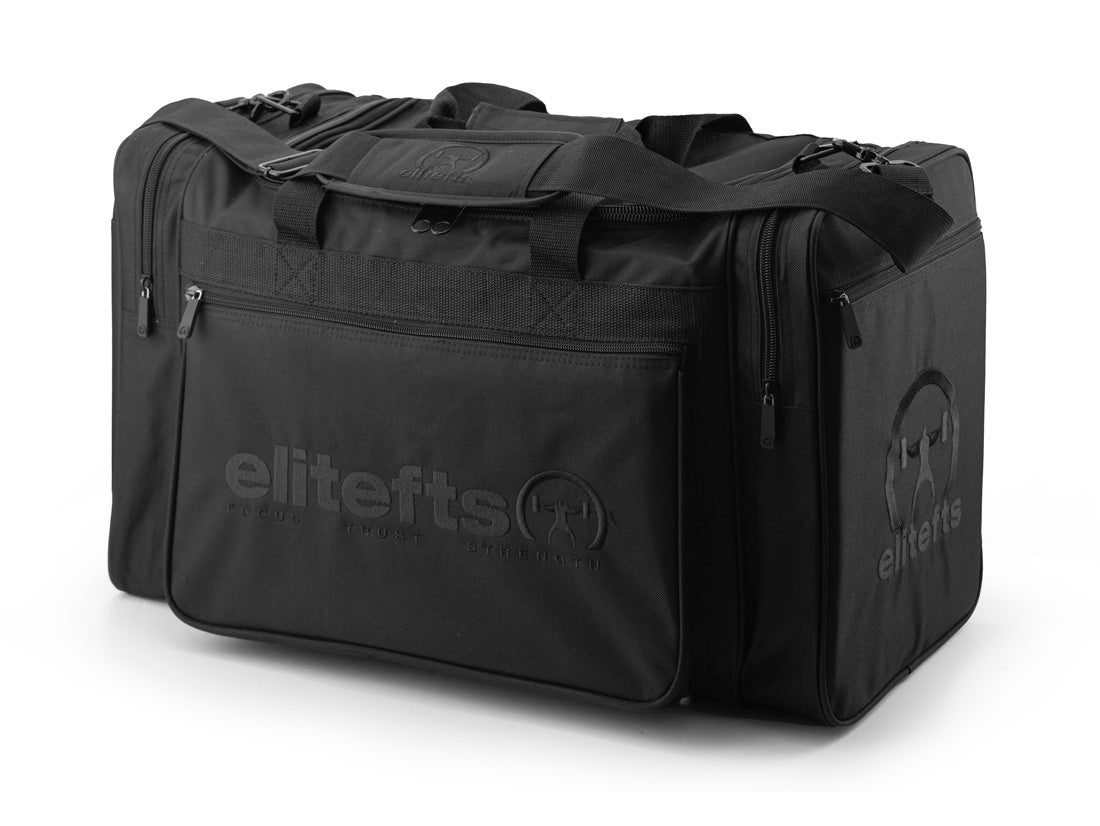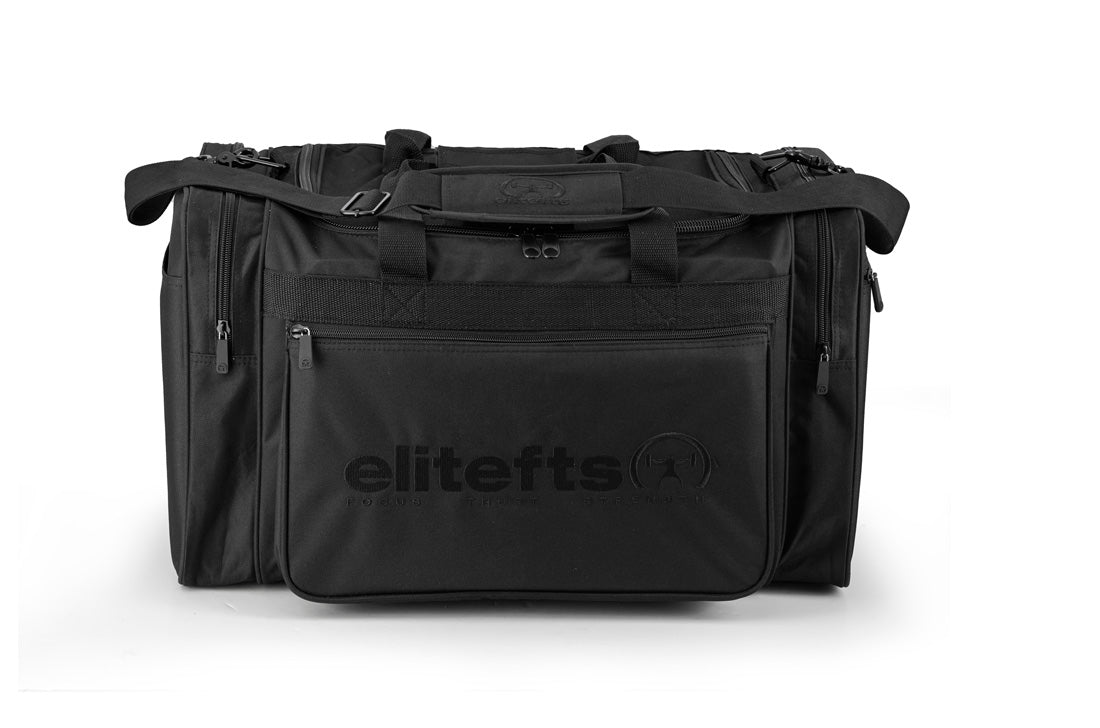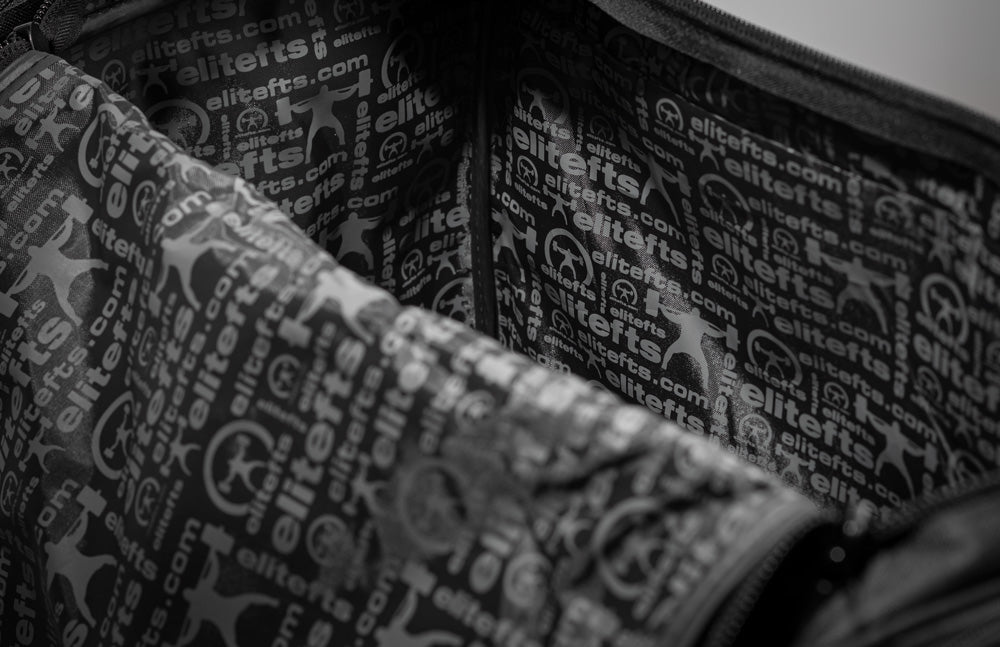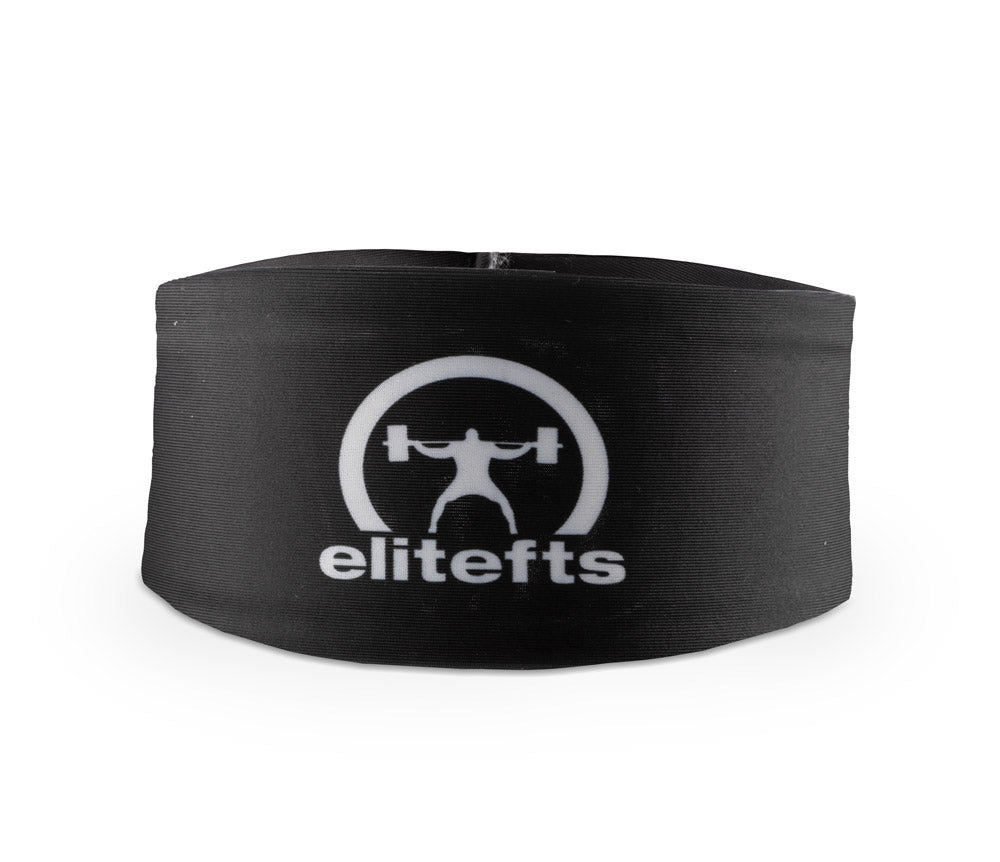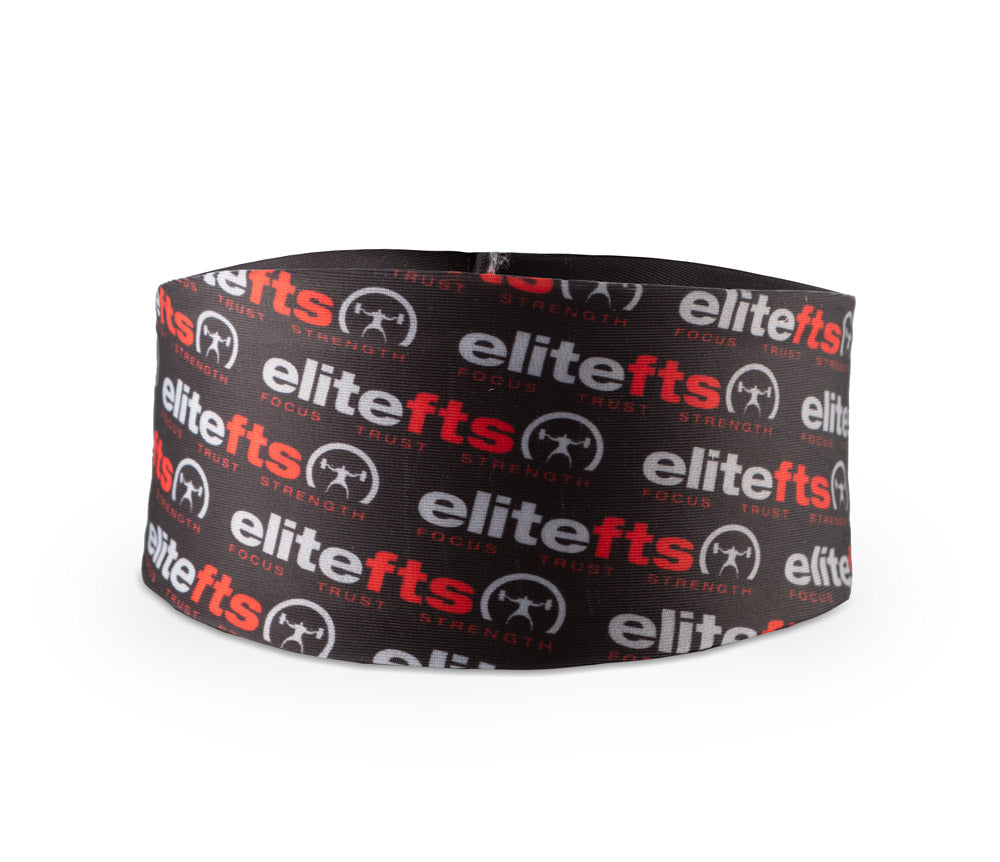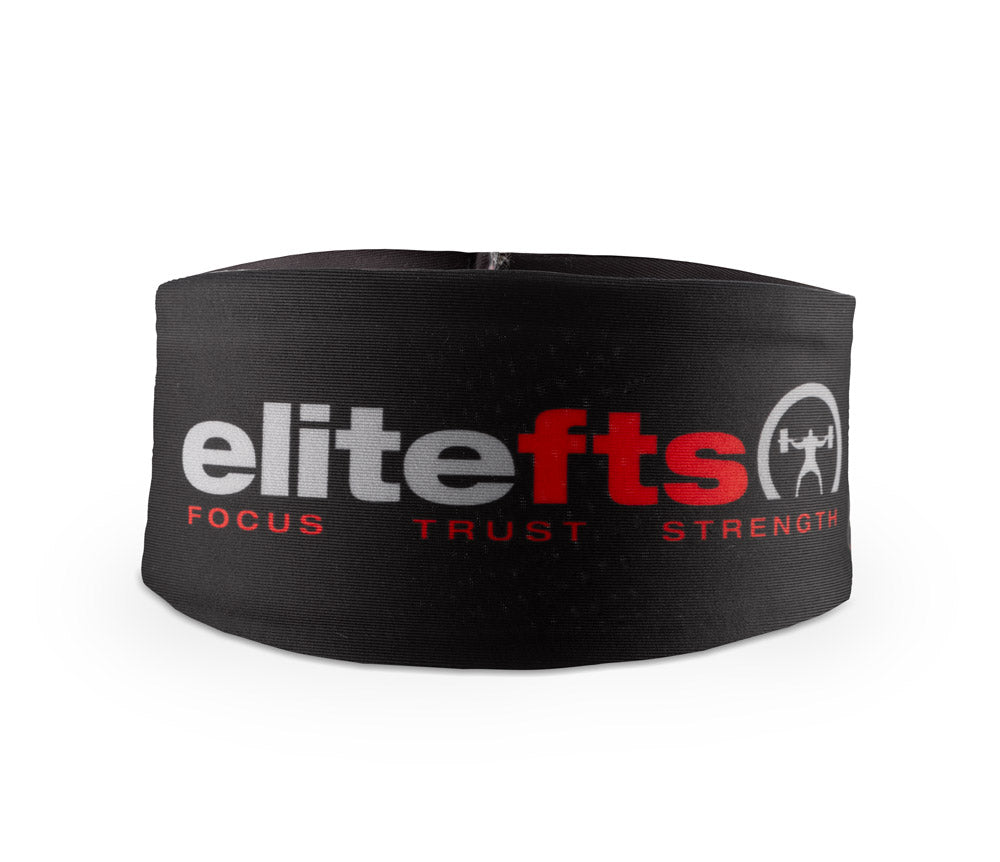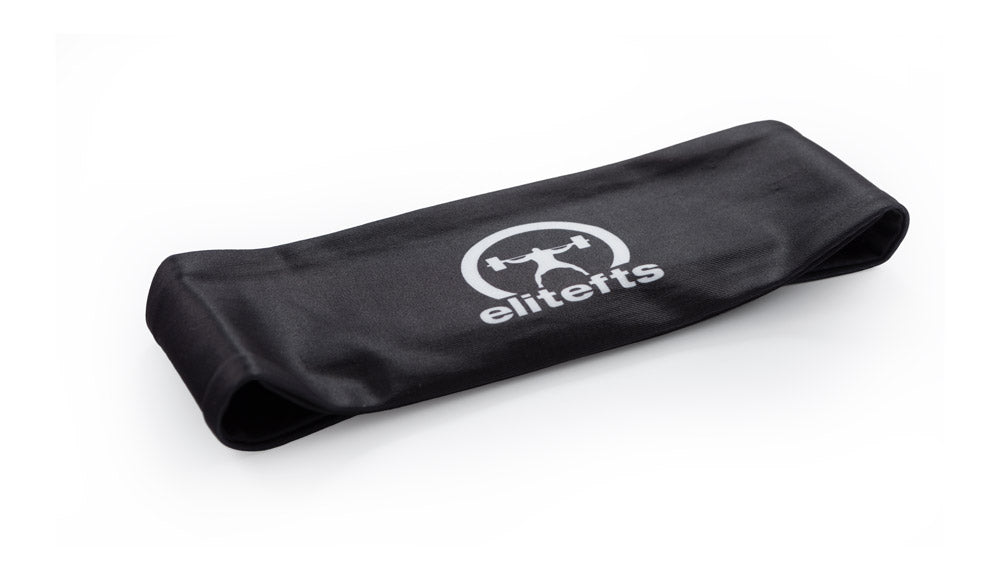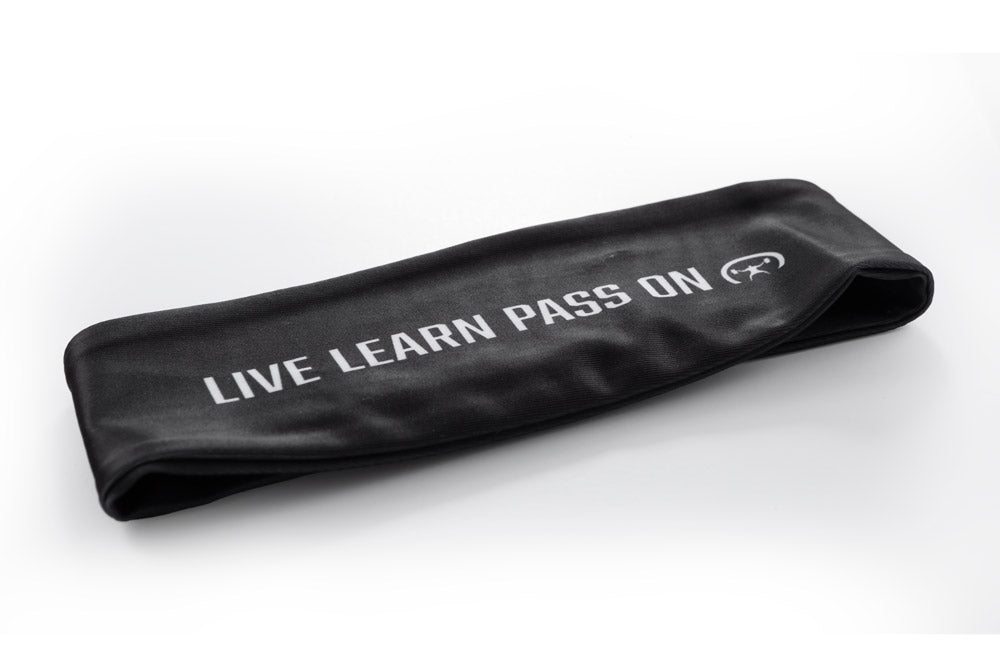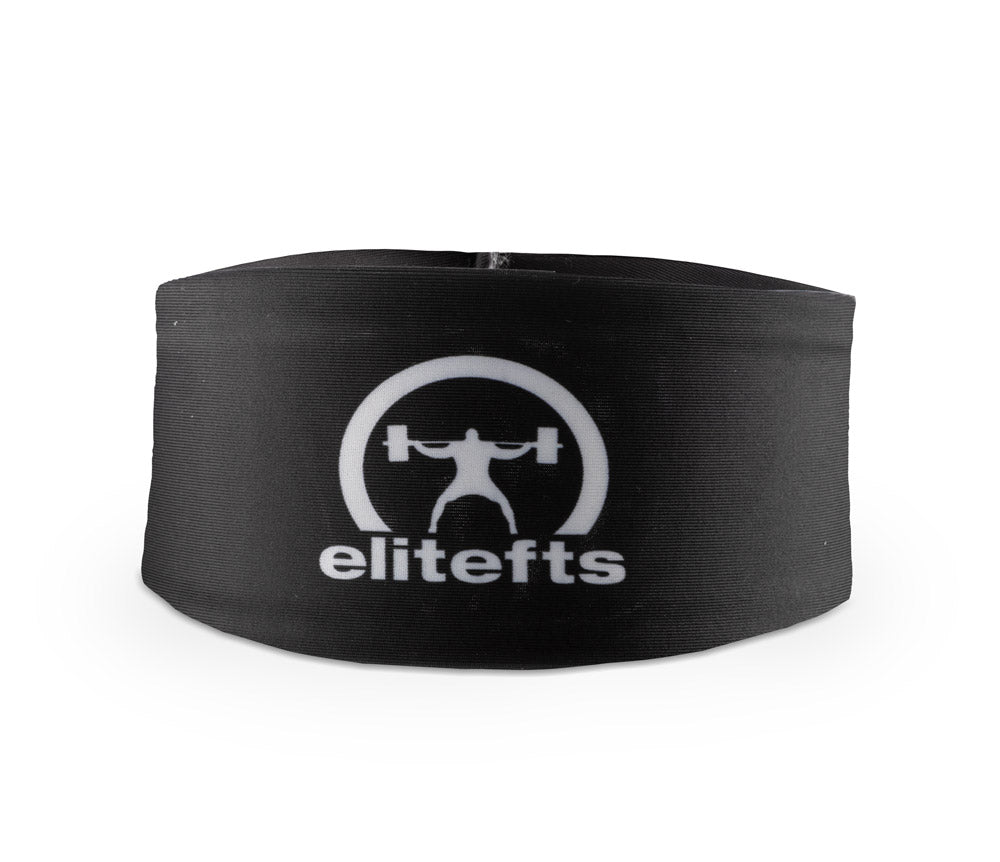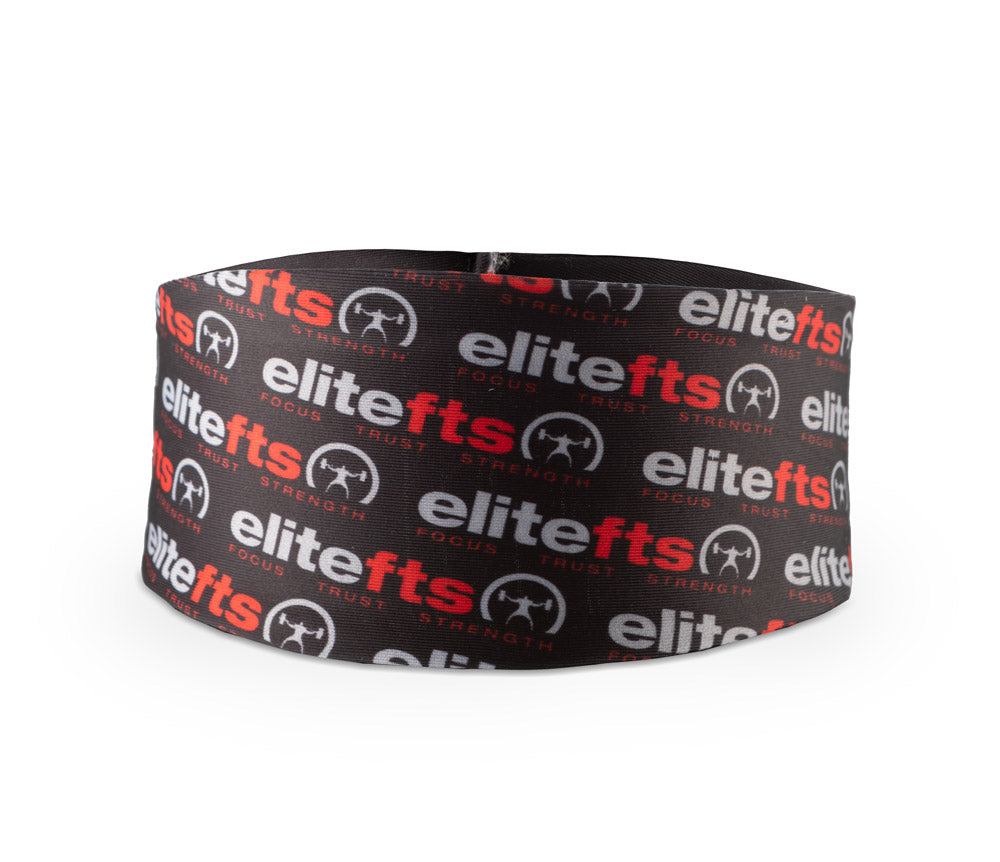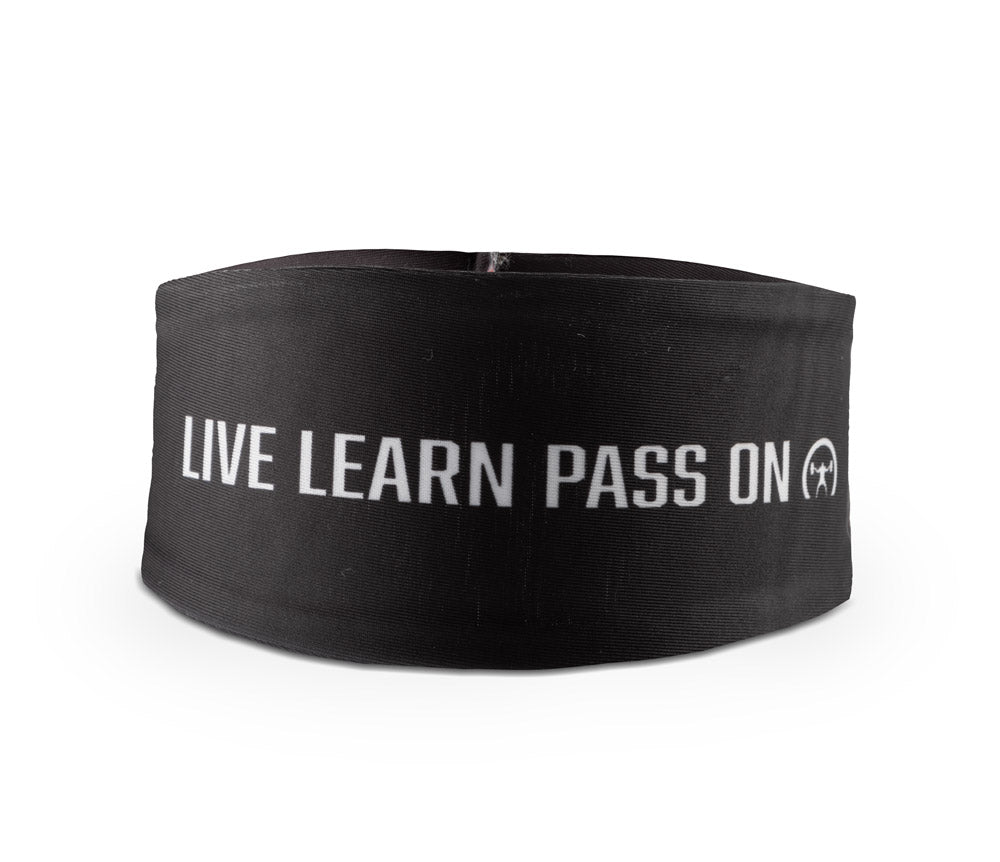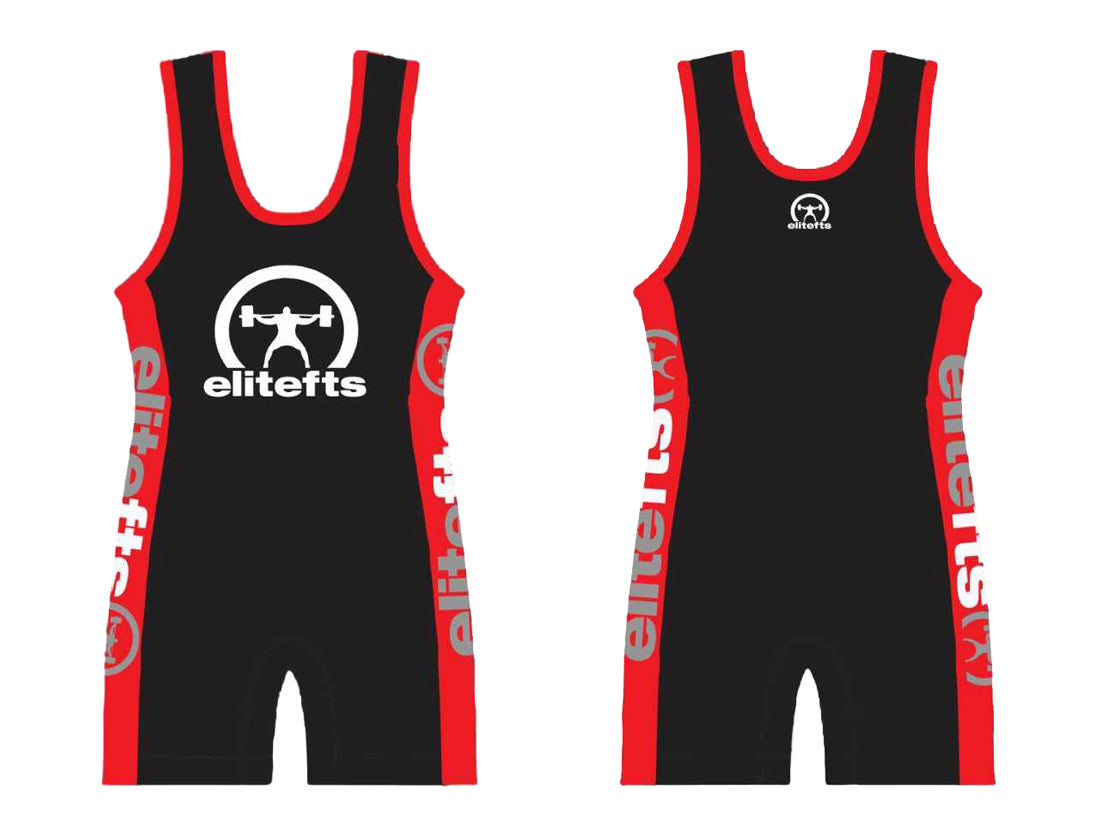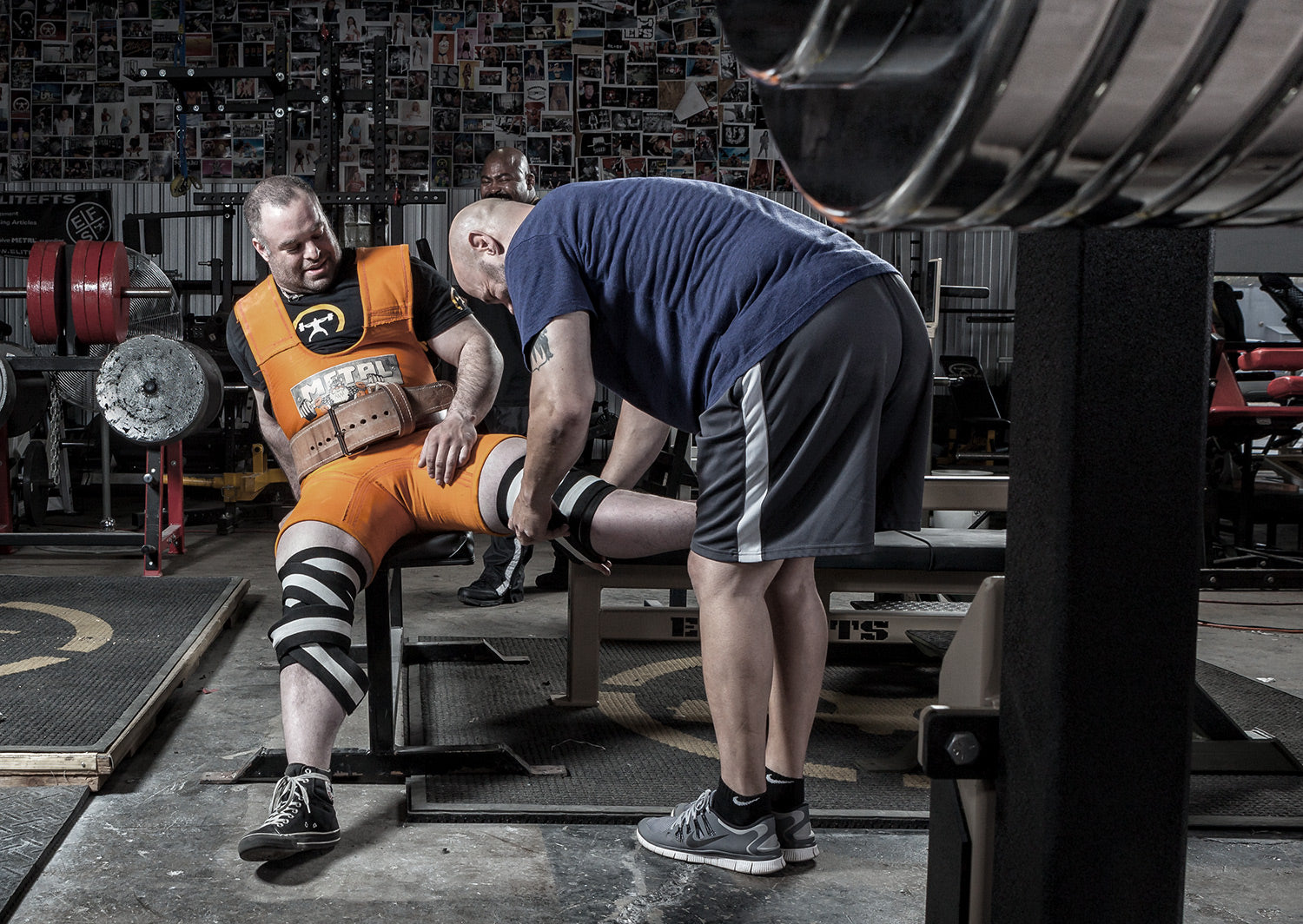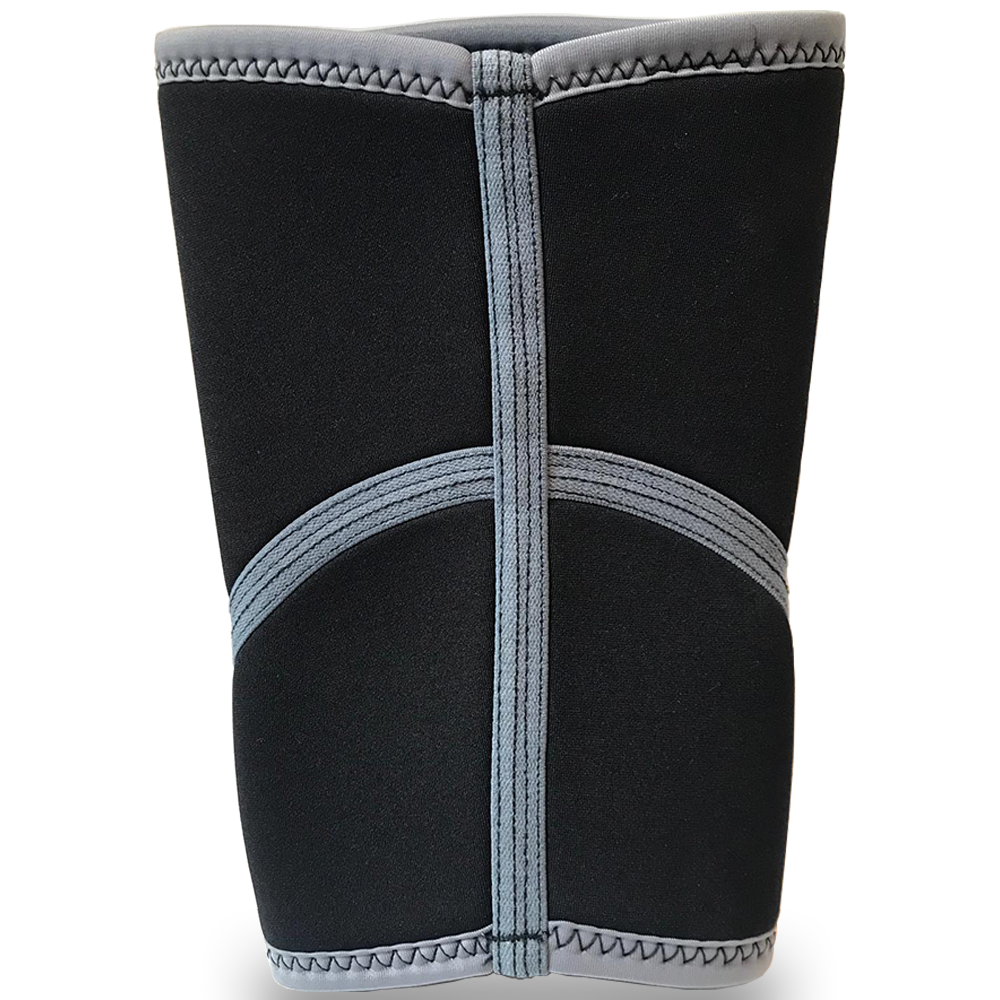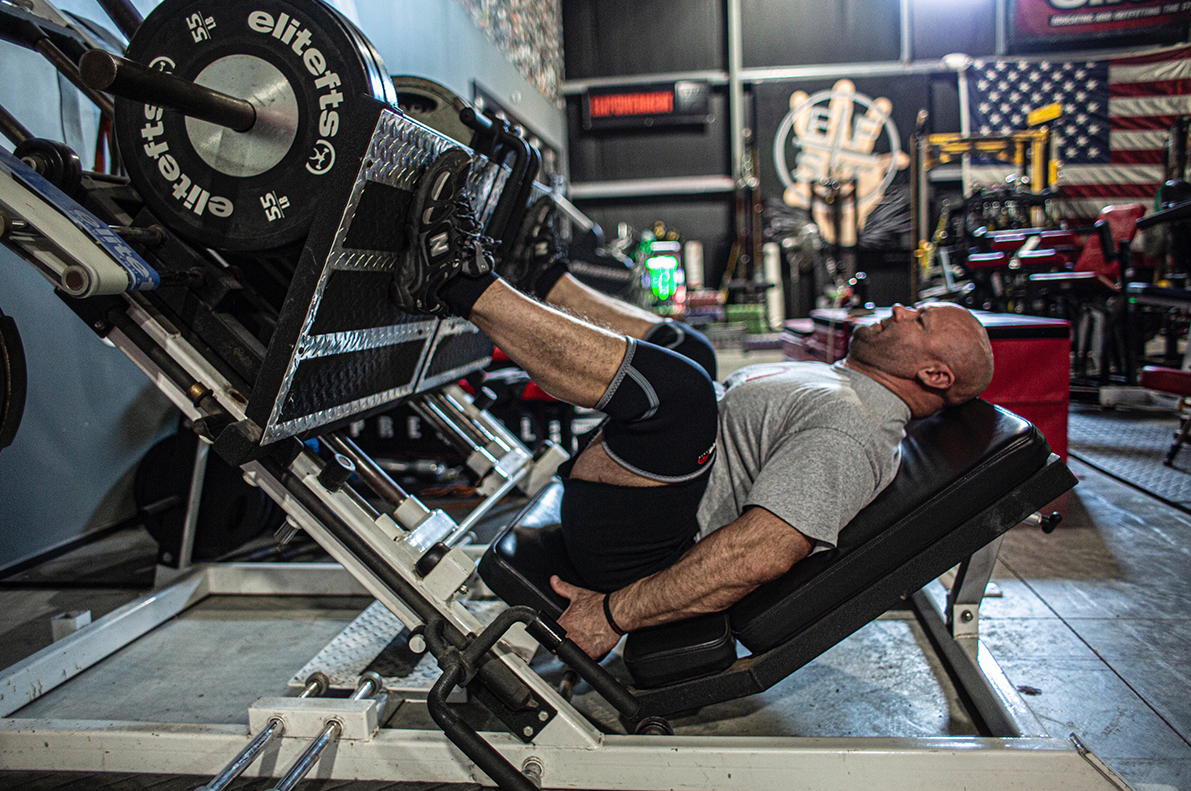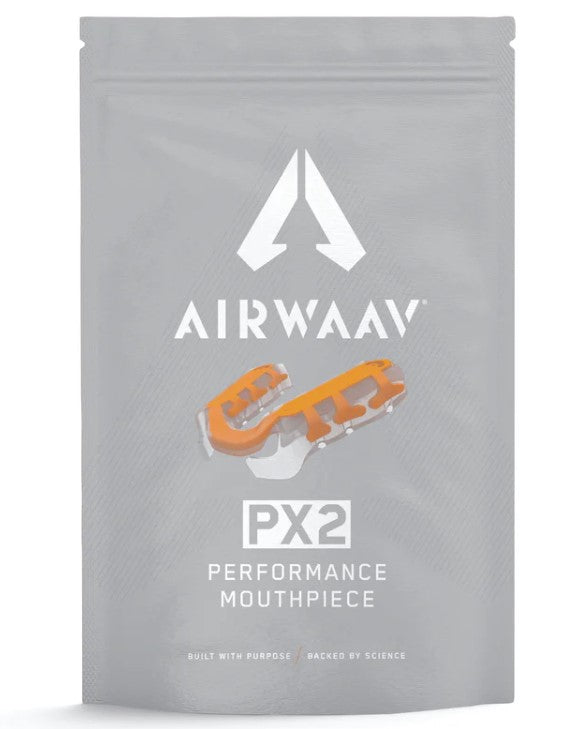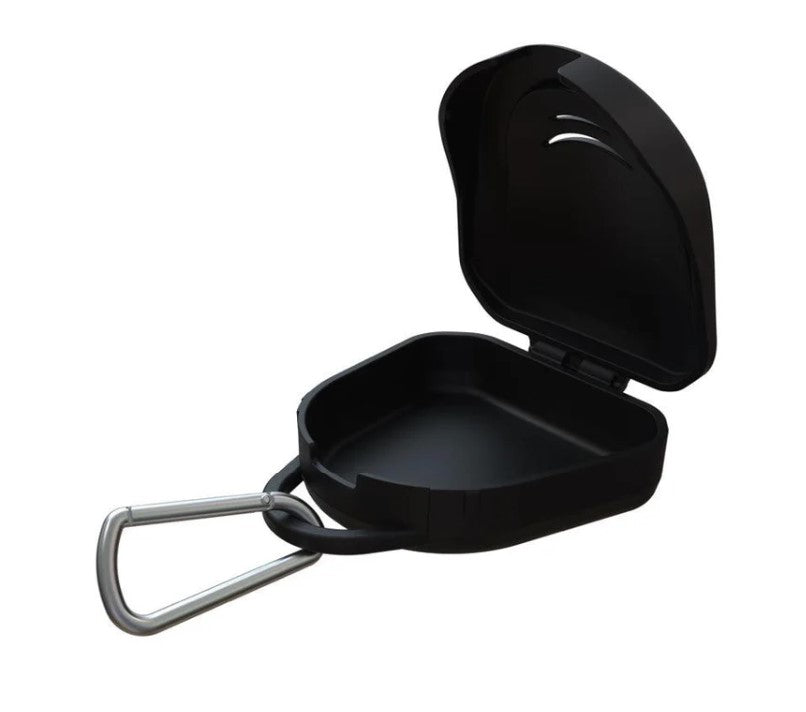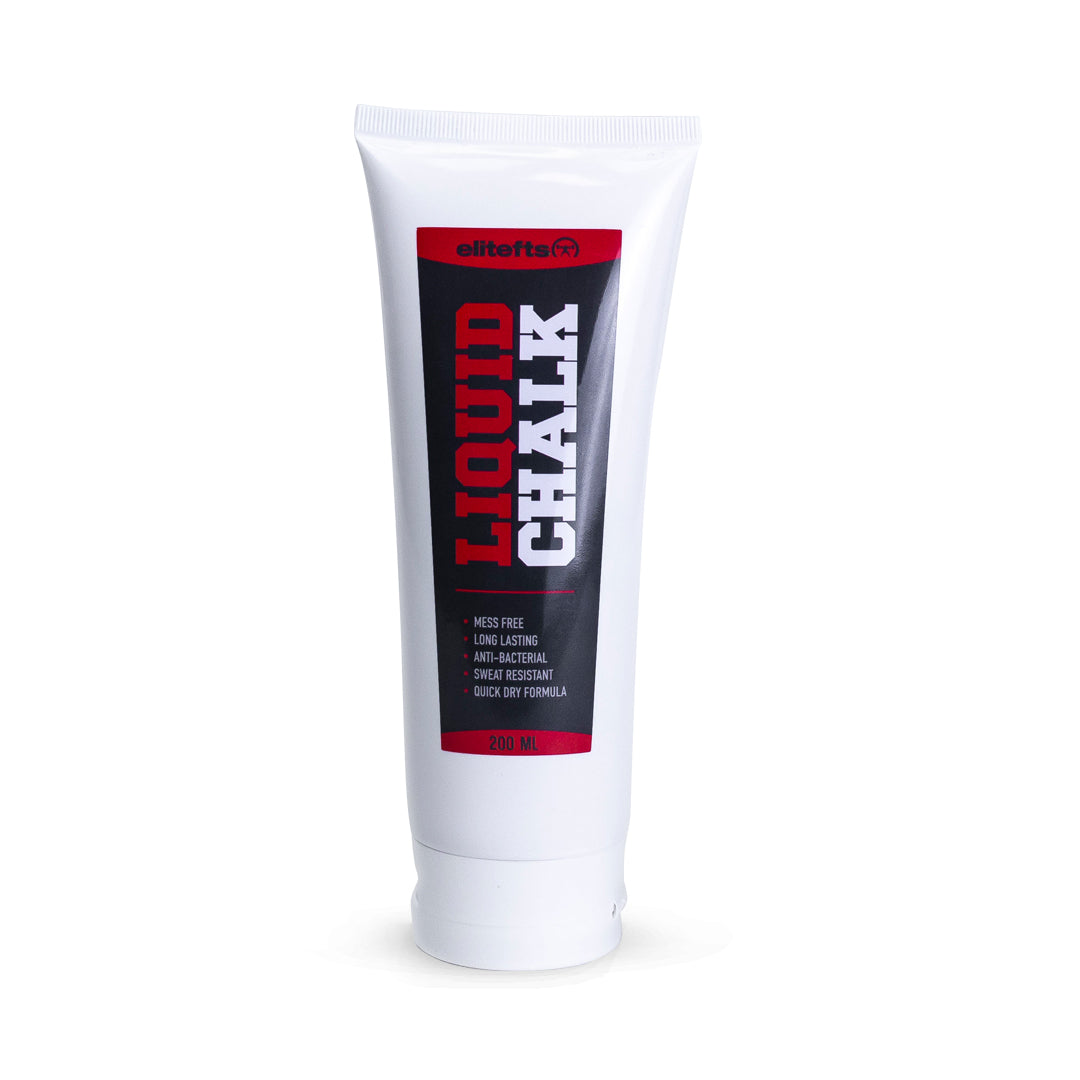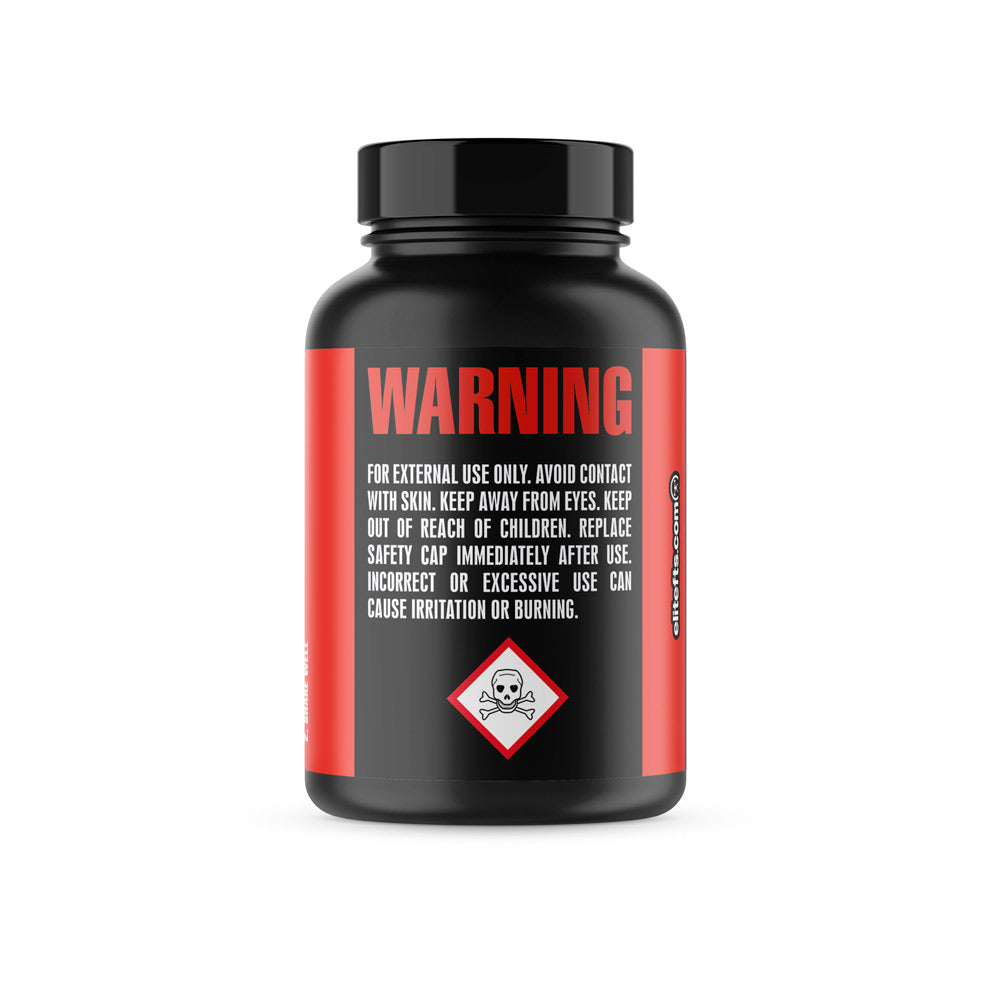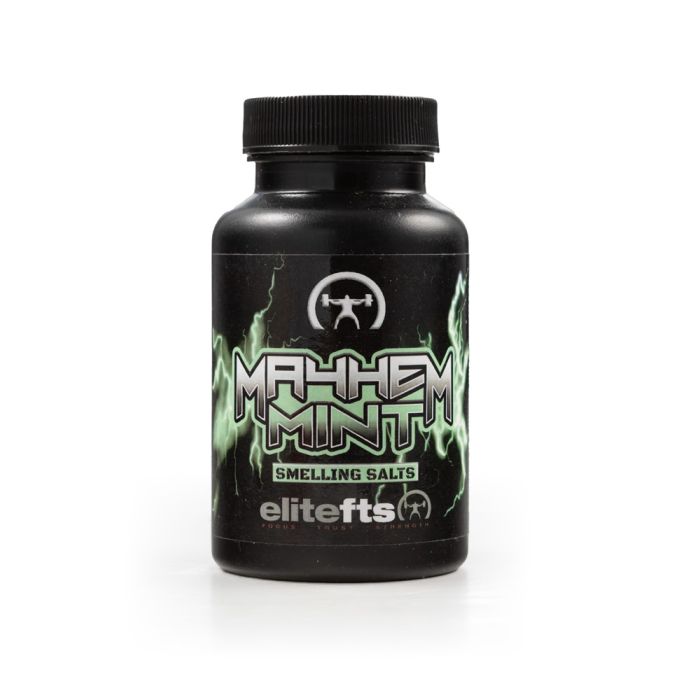Jacks Hot Pink liniment and a pair of calf compression sleeves to further combat my injury—and with great success. For the first time in years I was enjoying running again; I was setting personal records for each distance and was breaking them. Using these methods, I broke through my plateau...and I continue to get faster. On my last for-record run I hit 16:05 at a body weight of 242 pounds. While it's not blazing fast, it's much better than 20:15 at 250 pounds. The next piece of the puzzle was my eating habits. I had always prided myself on eating fairly clean, other than the occasional pizza and beer splurge. Yet, in order to continue my career in the Army, something obviously needed to change. There is an obscene amount of nutritional information available on the Internet—so much so that it is overwhelming. So, how do you sort through all of it? It is similar to comparing religions: it all focuses on one central thing (food), but what is the “one right way” to eat it? Thankfully, I found a short article by Rob Shaul, the founder of Mountain/Military Athlete, which was a no-shit assessment of what he has found to be successful in his athletes. It basically amounted to the fact that if you need to lose some fat, then you need to eat protein, vegetables, very little cheese and fruit, and minimize your sugar intake. Sounds like a no brainer, right? Well, that was until I realized all of the small traces of sugar I consumed throughout the day: bread, milk, beer, large quantities of fruit. So meat and veggies it was. However, the problem with this was that after a number of deployments, even looking at a can of tuna made my stomach turn, and a guy can only eat so many chicken breasts before he starts to cluck and peck through the grass looking for feed. My answer ? I bought an electric smoker—apartment friendly and I could prepare beef, pork, or turkey that would keep all week. This has been a lifesaver. I honestly have no idea how I would have managed without it. With these minor changes, I have been able to chase a few more inches off my waist without gagging down pounds of tuna and frozen chicken breast. Finally, after much running and protein-filled meals, it came time for the true test. Had I sacrificed strength while losing body weight and increased running? My mind was conditioned to accept the fact that this was probably the case. Although, I was not 100 percent convinced of this during my training sessions. Granted, I had not been breaking PRs every week like I had been during my food free-for-all, and I had experienced a larger number of “off” training days, but I still felt strong. So, I found a meet close by and sent in my check. By meet day I was feeling pretty solid (I had experienced a pectoral strain a month prior, but that turned out to be a non-issue), and I made the 242-pound weight class easily, something I had failed to do previously. However, after missing my opening squat attempt, I was worried. Yet, I recovered on my next attempt and went on to set a meet PR of 445 pounds. The bench went much the same way with my best attempt being 330 pounds, another meet PR. Then came the deadlift, the true test of strength—no depth to hit or pause to worry about. Had I actually gotten stronger at lighter body weight with increased running? I pulled an all-time PR of 550 pounds, breaking my previous record by 20 pounds.

Throughout this process I learned as much about myself as I did about training. Overcoming obstacles is not normally an easy task. If it was, we would all be at a mere five percent body fat and and be lifting at an elite level. I am very fortunate to have a supportive wife, friends, and chain of command. I truly hope that there are others out there who can learn from my experiences. If you care to follow my training you can at:
#.








